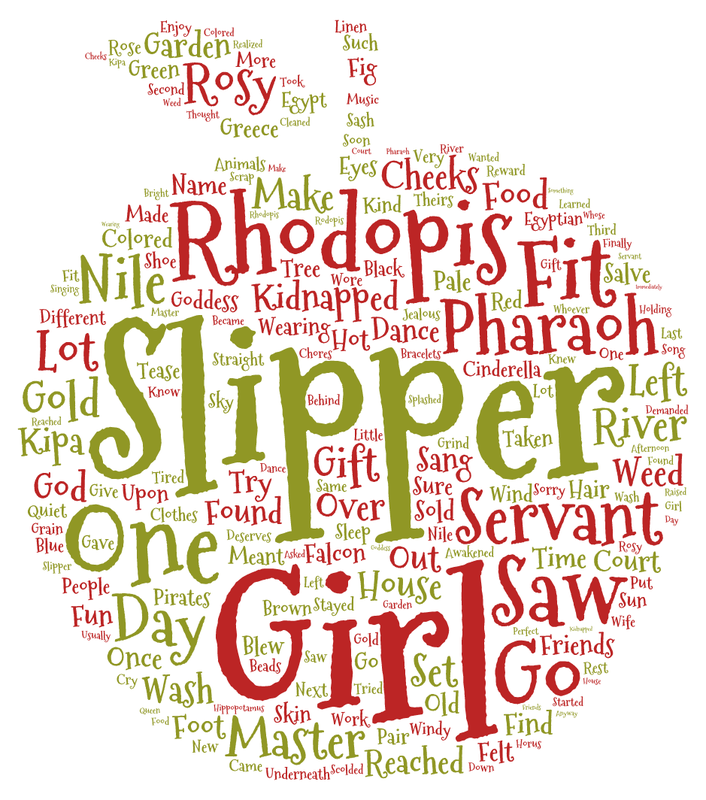

Visit Chartopedia, a handy tool that will tell you more about each chart type and how to use one. The most valuable part of any chart is data. So you should always carefully choose the chart type depending on exactly what you want to visualize and for what purpose. Then, add the necessary An圜hart JavaScript charting library links into the section in the tags: The width and height parameters are responsible for the chart size, and you can specify them in percentages or in pixels to make the chart fill as much page space as you want.

The container that you see in the section is intended for your future chart. Just follow them, and it won’t take you long to make your text data visualization look like this:įirst of all, create an HTML page where your JavaScript word cloud chart will appear. Generally speaking, there are four basic steps to create a chart of any type using JavaScript.

Now that we’ve got an idea of what a word cloud is, let’s get down to learning how to quickly code one using JavaScript!

The content within the word cloud is from interview transcripts of individuals discussing their experience with homelessness.Wondering how to make a beautiful interactive Word Cloud using JS? Then you’re in the right place! In this data visualization tutorial, I’ll guide you through the entire development process, demonstrating it’s easier to create a JavaScript word cloud chart for an HTML5 app or web page than you might think!Īlso known as tag clouds, word clouds represent a popular visual technique designed to reveal how often tags (or basically, any words) are mentioned in a given text body. Essentially, the word cloud chart type leverages diverse colors and sizes to display at a glance different levels of relative prominence. Here is an example word cloud created using (archived link of old website - not related to the word game prominent in 2022). Examples Qualitative database from Sisters of the Road - made with Most word cloud generators have features that allow users to change colours, font, and exclude common or similar words. Evaluators can simply import text (for example, a set of interviews) into a text box and the tool creates a graphical representation of the words. It can also be used for communicating the most salient points or themes in the reporting stage.Ī variety of word and tag cloud generators are freely available on the internet and the process for creating them is straightforward. This type of visualization can assist evaluators with exploratory textual analysis by identifying words that frequently appear in a set of interviews, documents, or other text. The larger the word in the visual the more common the word was in the document(s). Word clouds or tag clouds are graphical representations of word frequency that give greater prominence to words that appear more frequently in a source text.


 0 kommentar(er)
0 kommentar(er)
